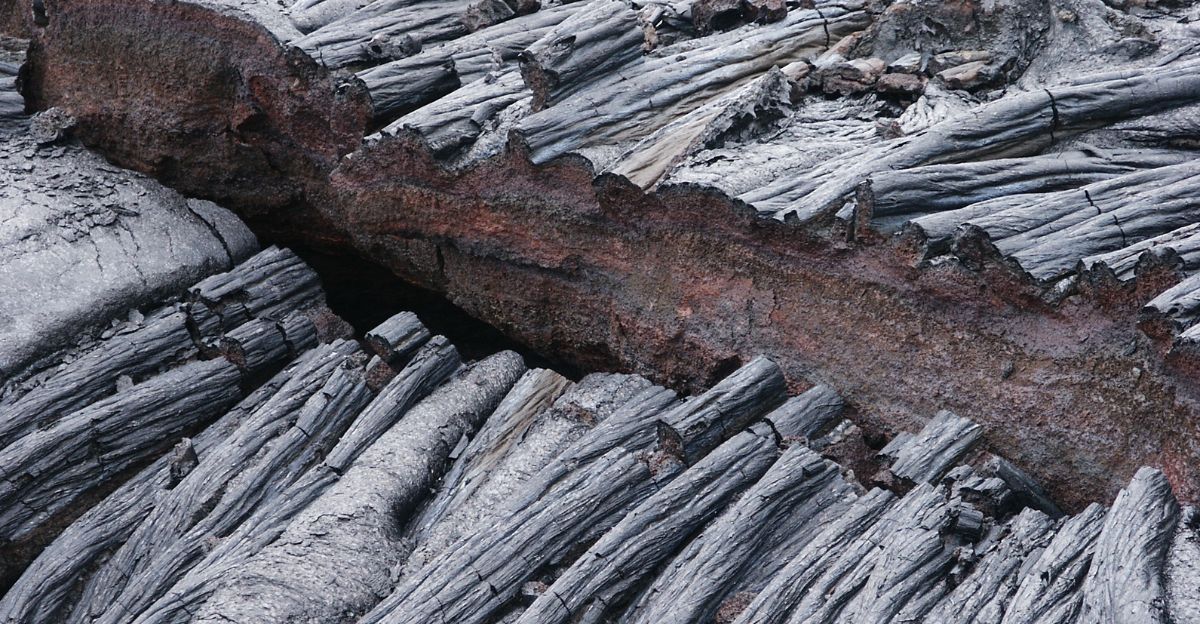
Climate change is speeding up ice melt around the world. That’s no surprise. But now scientists say it’s also setting off earthquakes. A new study from ETH Zürich focused on the Mont Blanc massif in the Alps and found that glacier melt is seeping into deep cracks in the Earth, increasing the risk of earthquakes in mountain areas.
Since 2006, researchers have uncovered more than 12,000 tiny quakes that had gone unnoticed. As glaciers shrink in the Himalayas, the Andes, and Alaska, the danger is growing global. Let’s break it down.
Heatwaves Set Off Underground Time Bombs

ETH Zürich’s research focused on Grandes Jorasses, a glacier-covered peak in the Mont Blanc area. During the 2015 heatwave in Europe, scientists found a surprising burst of underground earthquakes.
Lead author Verena Simon and her team used special sensors to detect over 12,000 tiny quakes that regular systems had missed. The cause? Meltwater from the heat didn’t just run off; it sank deep into cracks in the rock, slowly building pressure. That pressure can take a year or two to build up, but once it reaches a tipping point, the ground can suddenly shift.
Seismologists Agree—Climate Is Now a Fault Line

The findings have sparked rare consensus among seismologists. The idea that pressurized water can trigger earthquakes isn’t new; it’s well documented in fracking and geothermal projects, but this is the first real-world evidence of nature doing it at scale. The GFZ German Research Centre has backed the link, warning that global warming may drive more and stronger quakes through rising seas and extreme storms.
At Colorado State, researchers observed fault slip rates in the Sangre de Cristo Mountains increasing fivefold following glacial retreat. The pattern is unmistakable: across different regions and using different tools, scientists are uncovering the same climate-driven fault activity.
Alaska Is Already Living the Future

Alaska shows what happens when theory is proven real. Researchers analyzing seismic activity since 1920 found that 23 of 30 quakes over magnitude 5.0 were linked to glacial rebound, the Earth’s upward movement as ice melts.
One of the most dramatic examples is the 1958 magnitude 7.8 quake that triggered a deadly tsunami in Lituya Bay. Since 1770, the Glacier Bay Icefield has shed over 3,000 square kilometers of ice and thinned by up to 1.5 kilometers.
As the ice load lifts, the land beneath rebounds, sometimes by more than 0.75 inches each year, destabilizing fault zones and making earthquakes more likely. This is no longer a future problem. It’s happening now.
The Himalayas Face a Dangerous Collision

The Himalayas, often called the “Third Pole,” are warming faster than the global average, and they’re under stress. Recent studies show that as glaciers retreat, seismic deformation is increasing, with glacial bodies shifting by as much as -38.9 mm during earthquake events.
Under the most extreme warming scenarios, up to 80% of the region’s glacial mass could disappear, threatening 240 million people directly and another 1.65 billion downstream. And with the Indian plate still pushing under the Eurasian one, this area is already prone to powerful quakes.
Add climate stress to the mix, and you’ve got a high-risk region where seismic events could become far more destructive.
Water Pressure Triggers Geological Chain Reactions

Why does water play such a critical role in quakes? It comes down to pressure. When glacial melt or intense rainfall seeps into fault systems, it increases pore pressure, loosening locked rock formations. This process, called hydroseismicity, weakens the friction that keeps faults stable.
The 2019 Le Teil earthquake in France is a striking example. Just a decade of water infiltration built enough pressure to cause a surface-rupturing quake. It’s not just glaciers. After Storm Alex dumped massive rain in 2020, southeastern France recorded 114 small quakes in just 100 days. The science is clear: when enough water gets deep enough, it can tip the balance.
Infrastructure Is Facing New, Invisible Threats

Critical infrastructure in mountain zones wasn’t built with climate-fueled quakes in mind. The Mont Blanc tunnel is safe for now, but it represents thousands of similar structures across glaciated terrain. Switzerland projects between $12 and $48 billion in potential building damage over the next 100 years, but those figures don’t yet factor in the climate’s accelerating role.
Cities like Basel, Zurich, Lucerne, and Bern sit on vulnerable ground. In Alaska, roads and pipelines are already under strain as uplift and melting permafrost weaken the soil. What’s changing isn’t just the size of earthquakes. It’s where and when they happen, and our infrastructure isn’t ready for that.
Signals Are Flashing, But Are We Listening?

Warning signs are stacking up. In 2024, Switzerland recorded 2,300 earthquakes, a record year. Experts say external forces like glacial melt and heavy rain may be behind the spike. Recent glacier collapses buried parts of Swiss villages and triggered local quakes.
During the 2015 heatwave, rock slope failures surged, especially in permafrost zones above 8,200 feet, where water seepage weakened the ground. That same heatwave pushed the freezing line above 13,100 feet for six straight weeks, conditions that could become more common. Since 2015, Swiss permafrost has already lost about 15% of its ice. All signs point to a fast, unstable shift in mountain geology.
The Planet Is Entering a Critical Seismic State

The Earth’s crust is no longer immune to climate change. From Alaska’s slipping faults to the Alps’ microquakes to Himalayan ice deformation, the data is overwhelming. And the real danger lies in the lag; what we emit today can lead to earthquakes years from now.
As sea levels rise and rainfall intensifies, researchers warn of long-term, cascading effects on fault systems. Planning for the future now means preparing for earthquakes linked not just to plate tectonics but also to climate.
Glaciers aren’t just reshaping coastlines. They’re altering the bedrock beneath entire communities. And as of this June, scientists say we’re just starting to understand the scale of what’s coming.







